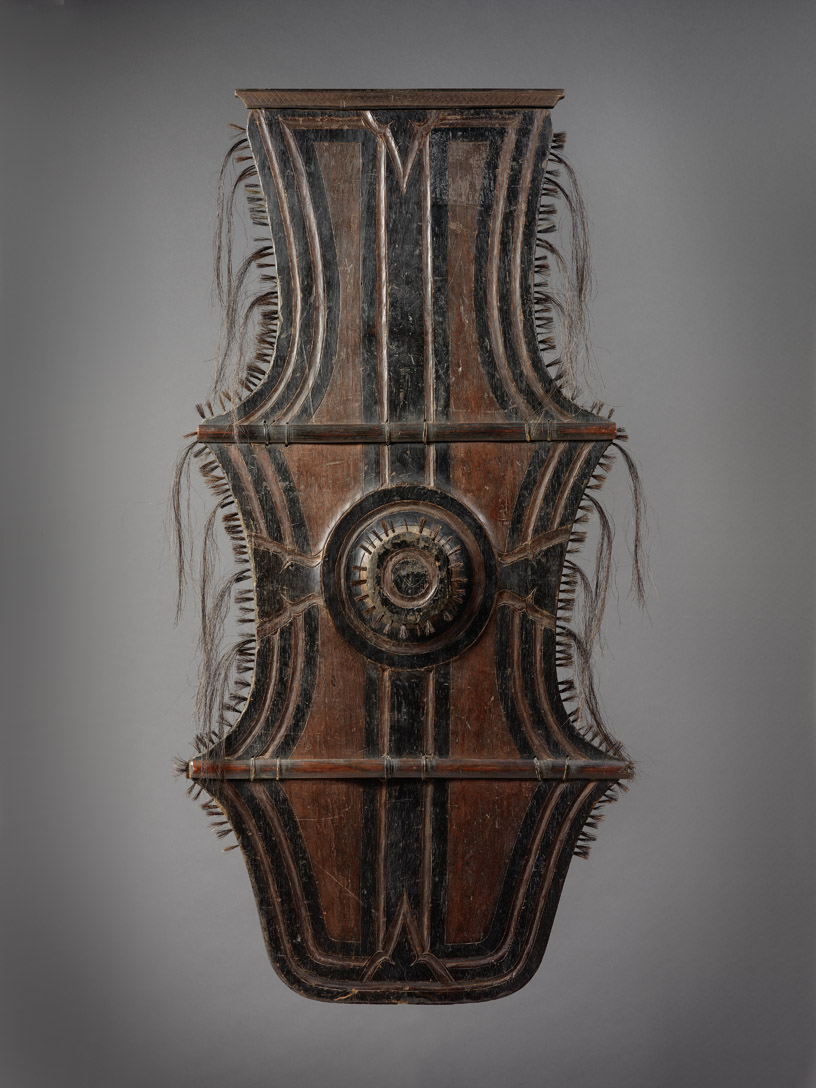Khandjarli
Khandjarli
Désignation: knife
Pays: India
Date: 18 - 19th century
Taille:
Description: A Khandjarli with a large ivory hilt. Pierced gold flower-heads each set with a cabochon ruby cover the rivets which secure the ivory to the tang. The blade is of conventional form. The sheath is made from two pieces of buffalo-horn with a plain gold locket and chape.
This model differs from others, having an ivory quill on block instead of an iron plate, and not being fitted with a knuckle-guard.
India, Probably Vizianagram or Orissa, 18-19th century
Provenance : Robert Hales, London, UK
Ref. Biblio.: "Islamic and Oriental Arms and Armour : A lifetime's passion", Robert Hales, UK, 2013
Condition : no restoration
References:
Arms and Armor of the Samurai, Ian Bottomley, Anthony Hopson Random House Value Publishing, 1993
This model differs from others, having an ivory quill on block instead of an iron plate, and not being fitted with a knuckle-guard.
India, Probably Vizianagram or Orissa, 18-19th century
Provenance : Robert Hales, London, UK
Ref. Biblio.: "Islamic and Oriental Arms and Armour : A lifetime's passion", Robert Hales, UK, 2013
Condition : no restoration
References:
Arms and Armor of the Samurai, Ian Bottomley, Anthony Hopson Random House Value Publishing, 1993
